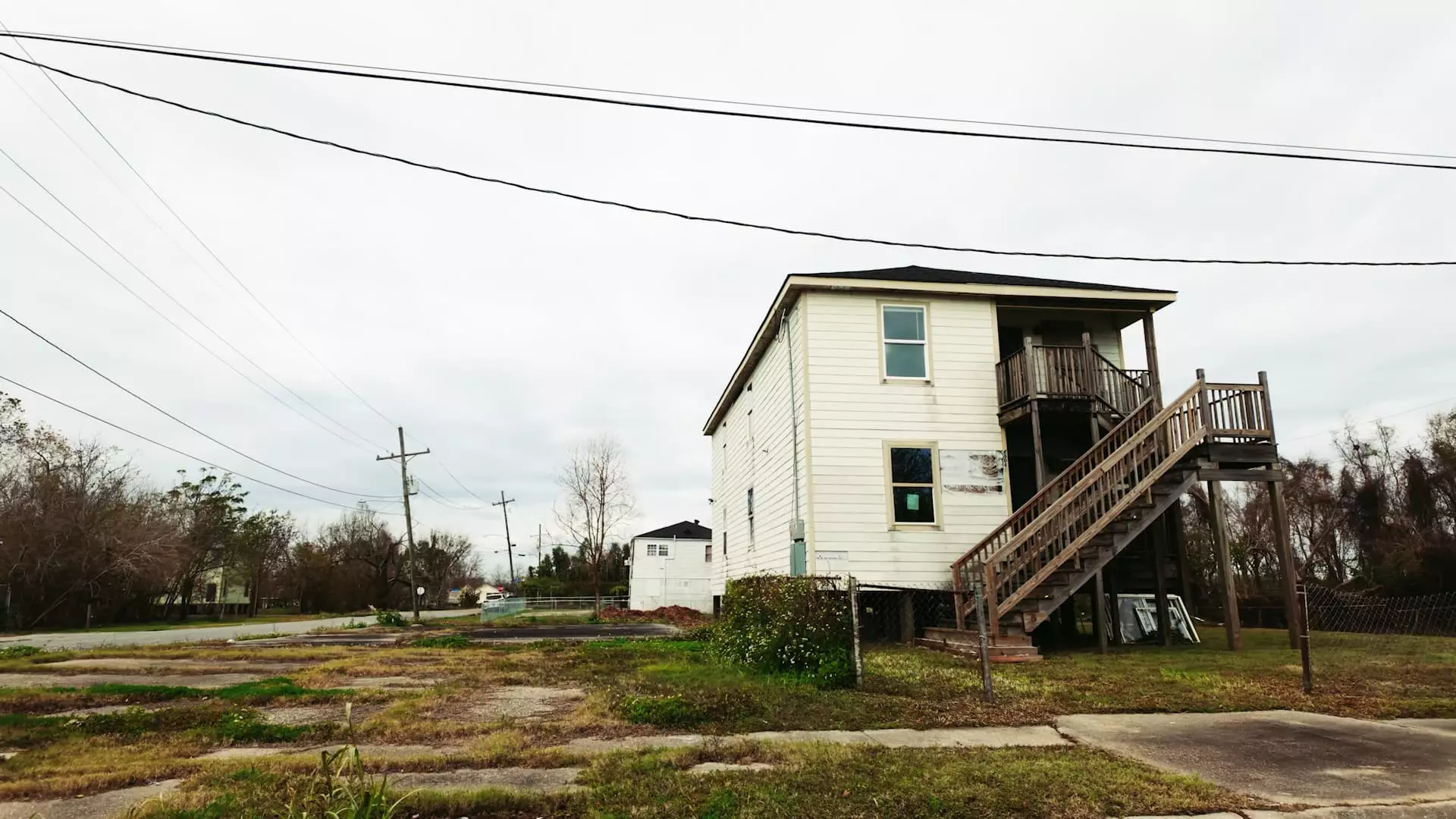New Orleans, a city renowned for its vibrant culture and rich history, still bears the scars of Hurricane Katrina, which devastated the region in 2005. Over the years following the disaster, the process of rebuilding and restoration has been arduous and complex, with many residents facing significant challenges. The impact of the storm extends beyond immediate destruction, touching various aspects of urban life, economic stability, and social equity. This article delves into the ongoing recovery efforts and the long-term consequences of this catastrophic event.
Hurricane Katrina stands as a grim reminder of nature’s unpredictability. The storm claimed over 1,800 lives and forcibly displaced millions, leaving behind a trail of destruction that affected hundreds of thousands of homes. As estimates of the financial toll rose to a staggering $201.3 billion—making it the costliest tropical cyclone in American history—entire neighborhoods lay in ruins, with close to a quarter of the city’s housing stock abandoned. For residents returning to New Orleans, the work of rebuilding was just beginning in a landscape forever altered by tragedy.
As rebuilding commenced, property values in many neighborhoods surged, creating a challenging environment for those who had endured significant losses. In particular, areas with higher elevation, such as the Holy Cross section of the Lower Ninth Ward, witnessed a dramatic rise in home prices. Long-term residents found themselves grappling with an unexpected reality: the assessed value of their properties skyrocketed, transcending previous norms. Calvin Alexander, a resident in one of the hardest-hit areas, observed an incredible 266% increase in his home’s value since 2005, a figure that starkly contrasts the more modest recovery of lower-income neighborhoods where many residents have not returned.
In response to the overwhelming damage, federal and state governments allocated over $9 billion through the Road Home Program, aiming to compensate homeowners for their losses. However, despite its noble intentions, the program faced mounting criticism for its bureaucratic complexity and inadequate support for low-income families. Laura Paul, the executive director of lowernine.org, highlighted how the program relied heavily on pre-storm property values rather than the estimated costs of rebuilding. This policy choice has disproportionately affected lower-income residents, leaving them with limited resources to reconstruct their homes and lives.
The ongoing struggles in New Orleans are starkly illustrated by the worsening socioeconomic conditions. Current reports reveal lower household incomes and higher poverty rates compared to national statistics, suggesting that the recovery has not been uniform across the city. Many neighborhoods still find themselves grappling with inadequate insurance coverage, which fails to address the heightened risk attributed to climate change and environmental degradation. As the Treasury Department pointed out, the sharp rise in insurance premiums across disaster-prone areas, including Louisiana, raises further concerns regarding the viability of homeownership in vulnerable areas.
In an effort to bolster storm resilience, the federal and state governments have invested a significant $15 billion in enhancing New Orleans’ infrastructure, focusing on drainage systems, levees, and water pumping stations. The financial commitment underscores the city’s importance as a cultural and commercial hub, yet it also reveals complexities regarding land subsidence and environmental sustainability. Glenn Ledet, executive director of the Coastal Protection and Restoration Authority, maintains that the investments yield substantial economic returns—$7 for every dollar spent. However, the long-term implications of such projects must also consider their environmental impact and the community’s needs.
Looking ahead, the state has unveiled plans to invest an additional $50 billion over the next 50 years dedicated to maintaining and enhancing hurricane protection systems. This ambitious initiative aims to elevate about 4,000 homes in the state, signifying a commitment to ensuring preparedness against future storms. While such efforts are essential, the ongoing socioeconomic challenges reveal that recovery is not merely an infrastructure concern; it encompasses economic disparity, housing equity, and, fundamentally, the well-being of the residents.
As New Orleans continues to navigate the aftermath of Hurricane Katrina, the resilience of its communities is evident. However, the road to recovery remains fraught with challenges, from skyrocketing property values to socioeconomic inequalities. While significant progress has been made, the city’s future rests on addressing these multifaceted issues, ensuring that all residents can thrive in a rebuilding New Orleans that honors its rich legacy while preparing for a more sustainable future.

